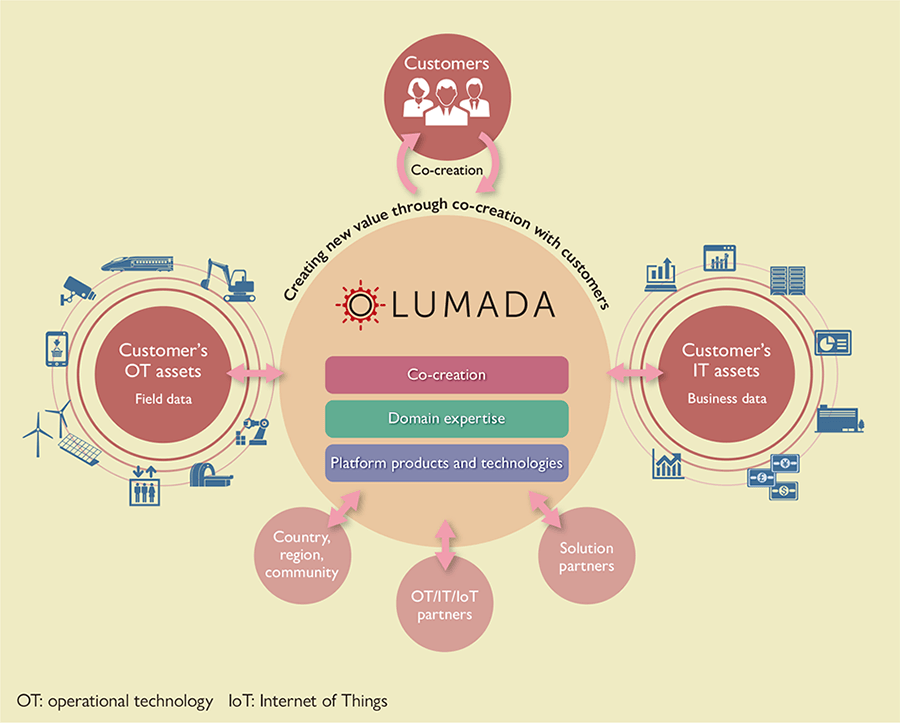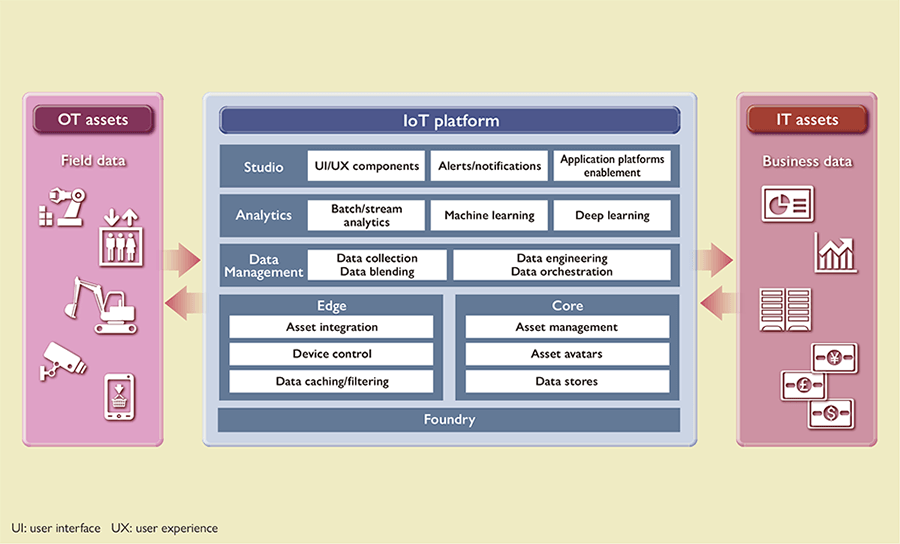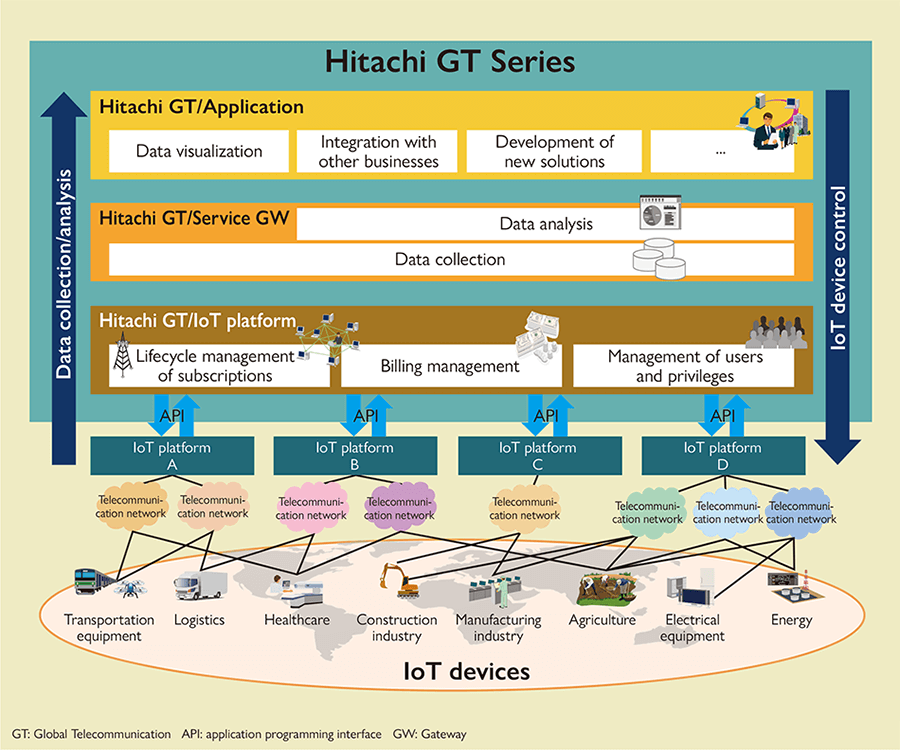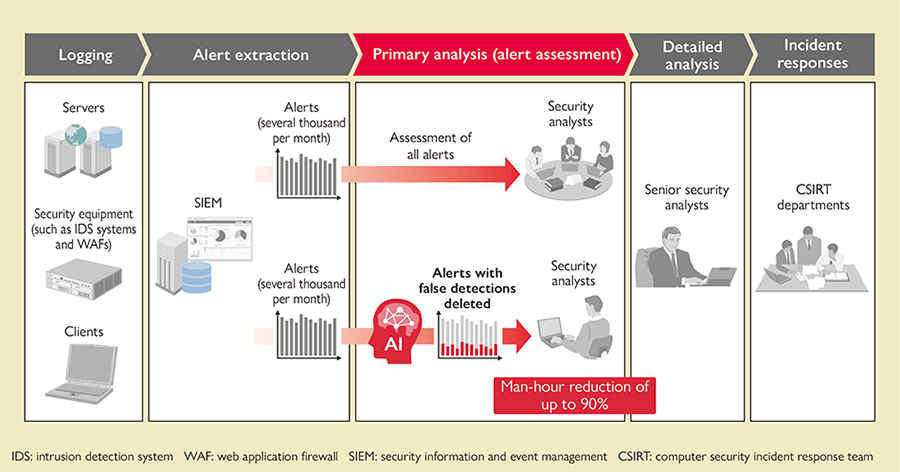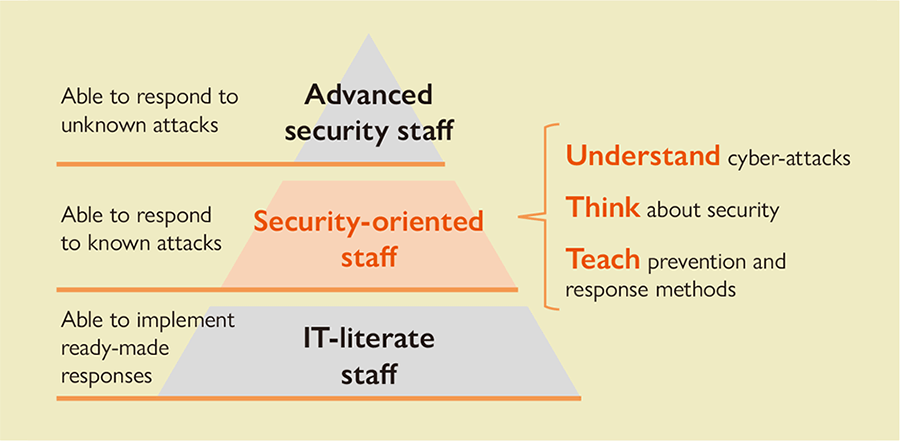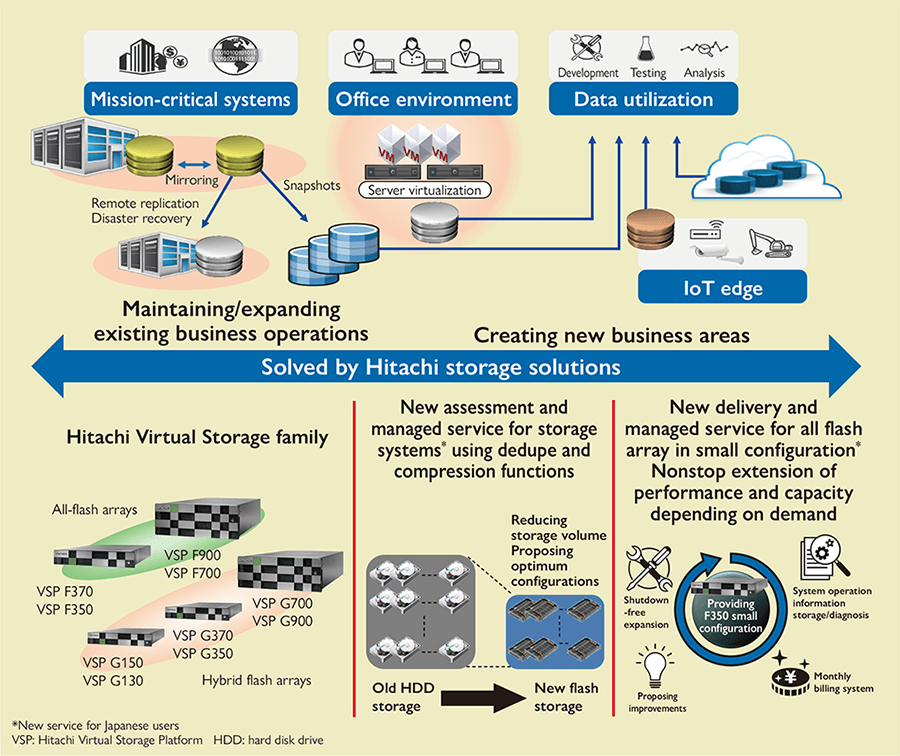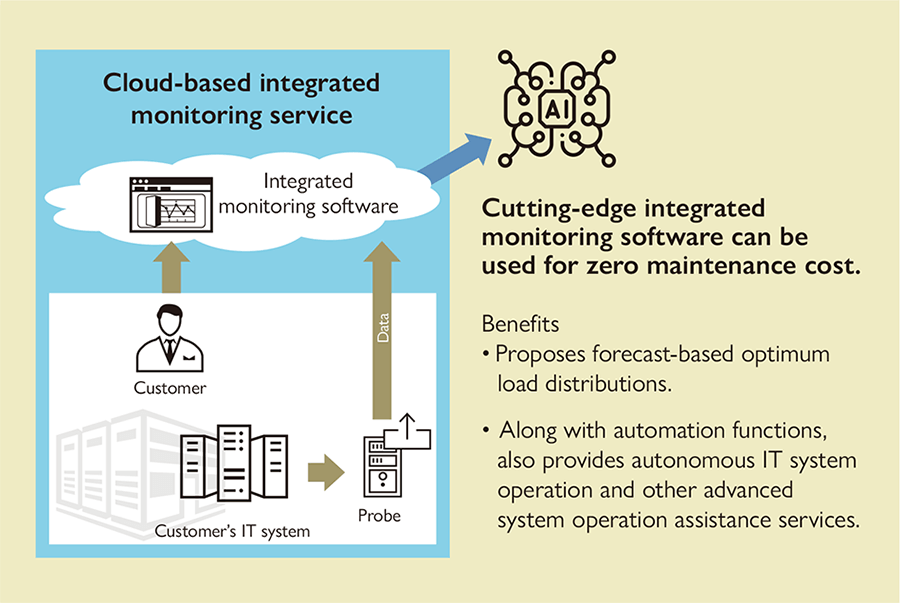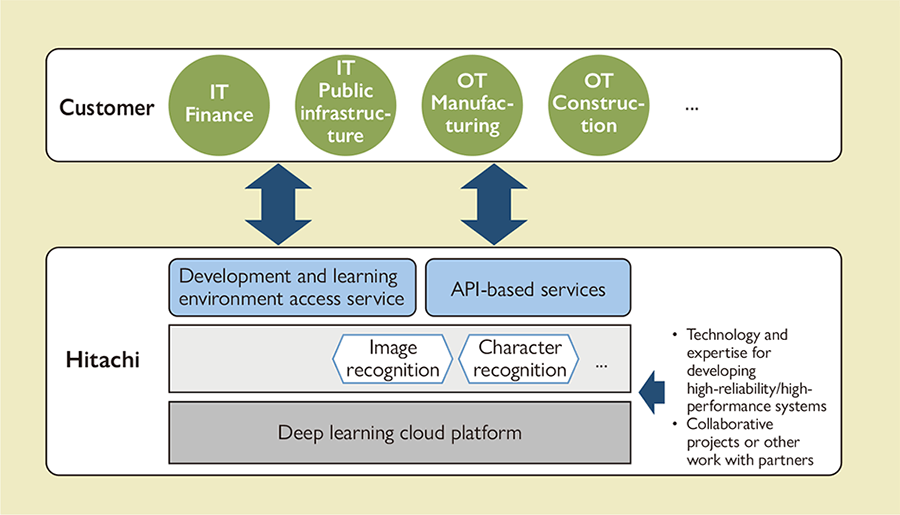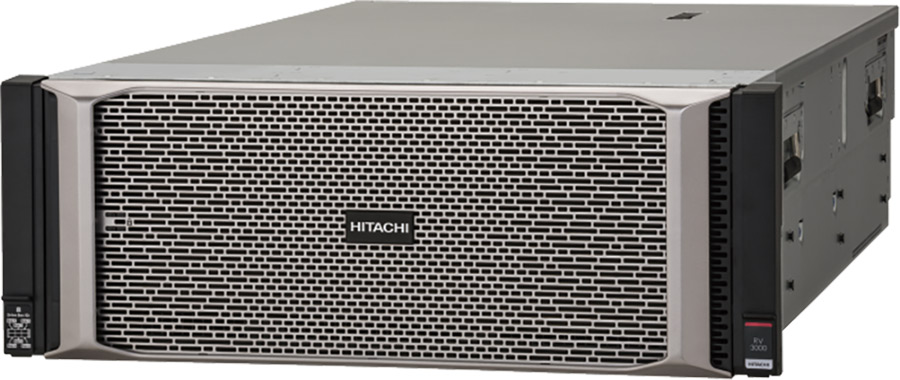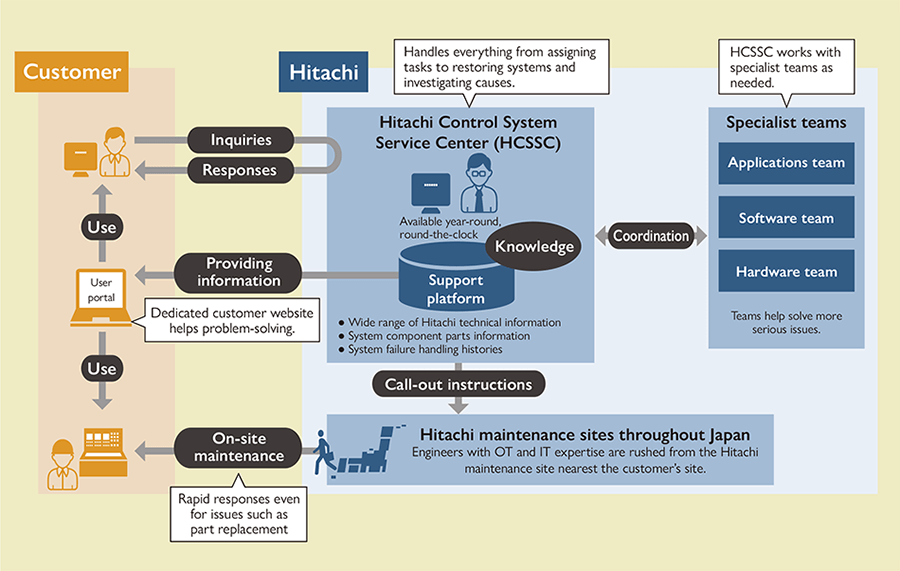1. Driving Digital Innovations with Hitachi’s Lumada Platform
With the spread of the Internet of Things (IoT), data is being propagated at an increasingly fast pace by businesses and consumers. This data can be a source of new value. Along with customers in various business areas, Hitachi is currently working on digital innovations to create new value.
Lumada is the product of the ideas that have come out of our collaborative efforts to create innovation. It is designed to let customers create innovations from digital technologies in a speedy and efficient manner by bringing together the wealth of expertise Hitachi has amassed over many years in the areas of IT and operational technology (OT). Lumada is composed of the three elements below.
- (1) Co-creation
- The customer works with Hitachi to develop data-driven strategies that transform their business, operations, products, and services. Hitachi systematizes the methods, IT tools, and spaces used to enable rapid and efficient co-creation with customers as “NEXPERIENCE.” Through NEXPERIENCE, a customer can share their issues and vision with Hitachi. Then Hitachi develops hypotheses for solving those problems, and their value can be validated through prototyping.
- (2) Domain expertise
- Hitachi's industry-specific expertise and business process knowledge can be applied customers' digital innovation in phases ranging from planning to design and implementation. Customer cases are created to identify the elements that illustrate how value has been generated from data, and the type of technologies that have been applied to artificial intelligence (AI) and analytics. These customer cases are helpful in creating methods properly tailored to the customer's management issues.
- (3) Platform products and technologies (IoT platform)
- An open and secure platform that enables a large number of stakeholders to share ideas and data on a larger scale is a vital requirement for rapidly bringing co-creation processes to life. By bringing together expertise amassed over the company's history, Hitachi provides cutting-edge products and technologies designed to enable the customer to rapidly create digital innovations tailored to its needs.
The IoT platform described in item (3) above has a platform architecture enabling the quick development and implementation of advanced digital solutions, and is composed of six main layers. The Edge layer relays device data to IoT systems. The Core layer creates a data lake and stores data. The Data Management layer gathers and processes data. The Analytics layer analyzes data using AI and analytics technology. The Studio layer provides visual representations of results. And, the Foundry layer provides IoT system infrastructure such as servers and networks. The IoT platform provides the following four benefits to software platforms:
- (a) Intelligence
- Advanced analytics, machine learning, and asset avatars to provide a 360 degree view and actionable insights.
- (b) Composable
- Open architecture to integrate with third-party alternatives and different elements to deliver best outcomes.
- (c) Secure
- Security of assets, data, identity, and access management.
- (d) Flexible
- Runs on-premises and/or on cloud to meet customer's needs.
Recent achievements and results are illustrated below, centering on the IoT platform of item (3) above as an example.

